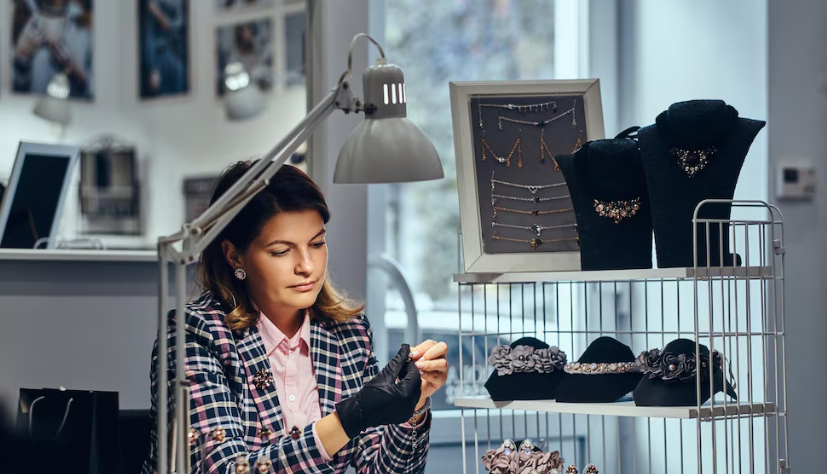In today’s ever-evolving jewelry landscape, solitaire engagement rings stand as timeless symbols of love, elegance, and individuality. While these exquisite pieces often appear flawless and ready-made in sparkling showrooms, their journey from conception to display involves a complex, behind-the-scenes process that merges cutting-edge technology, artistic innovation, and meticulous craftsmanship. Understanding how contemporary jewelry is created unveils the incredible dedication and evolution that now shape this traditionally artisan-centered industry.
Contemporary jewelry making begins not in the workshop, but often in a digital lab. Here, designers use advanced 3D modeling software to sketch initial concepts and experiment with forms, sizes, and stone settings. This phase allows for precision and creativity, letting artisans visualize every angle and ensure structural integrity before a single material is touched. For solitaire engagement rings, this digital blueprinting is critical—it ensures the perfect alignment and symmetry of the central stone, which is often the focal point of the entire design.
Once a digital model is finalized, it’s time to bring the piece into the physical world. Using 3D printing technology, a resin prototype is crafted. This model serves as a reference or as a mold for the lost wax casting process, where the jewelry design is recreated in wax and later cast in metal. Lost wax casting remains one of the most reliable methods for producing intricate details, making it a staple even in the most advanced jewelry studios. This technique allows the artist to transition from concept to wearable art while preserving the originality and detail of the design.
Material selection is a vital stage in the journey. From ethically sourced metals to lab-grown and natural diamonds, today’s jewelers emphasize sustainability and traceability. In the case of solitaire engagement rings, the quality of the central stone is paramount. The stone must be chosen with attention to clarity, cut, carat, and color, ensuring it meets the desired aesthetic and emotional resonance. Many contemporary studios collaborate with gemologists and suppliers to ensure that the stones are responsibly sourced and perfectly matched to the design intent.
Once materials are secured, skilled artisans begin the handcrafting process. Even with the aid of modern tools, traditional techniques like soldering, polishing, and stone setting still play a crucial role. This stage is where human touch infuses the piece with individuality and care. A solitaire ring, for example, may require hours of meticulous stone setting and finishing to ensure the stone is not only secure but also showcased in a way that enhances its brilliance.
After the ring is assembled, it undergoes a series of quality control checks. Each piece is examined for symmetry, durability, and overall finish. Modern showrooms demand perfection, so every detail must be flawless before the jewelry is released for display. High-resolution photography and detailed descriptions are often prepared for online listings, reflecting the fusion of craftsmanship with digital marketing in contemporary jewelry sales.
Finally, the piece reaches the showroom—either physical or virtual—where it is presented to potential buyers. In this final stage, presentation plays a key role. Custom lighting, elegant packaging, and thoughtfully designed display layouts help create a memorable buying experience. For solitaire engagement rings, this setting amplifies their significance, giving buyers a tangible connection to the love story they represent.
Behind the shine and sparkle of contemporary jewelry lies a world of innovation, precision, and artistry. The transformation from digital model to hand-polished masterpiece reflects a harmonious blend of old and new, where technology supports craftsmanship, and design speaks directly to the heart. The next time you admire a ring in a display case, remember the remarkable journey it has taken—from lab to showroom.
